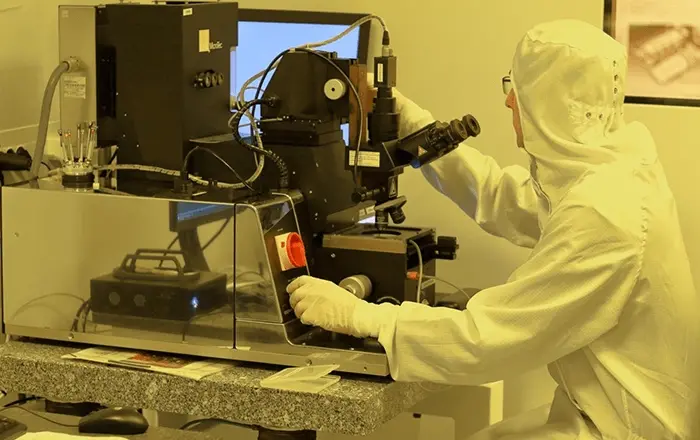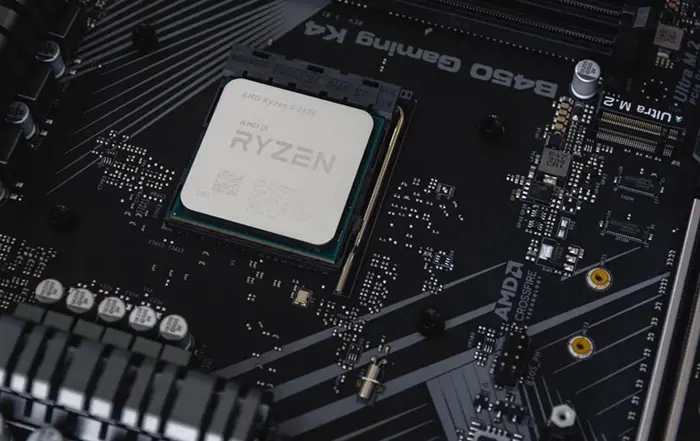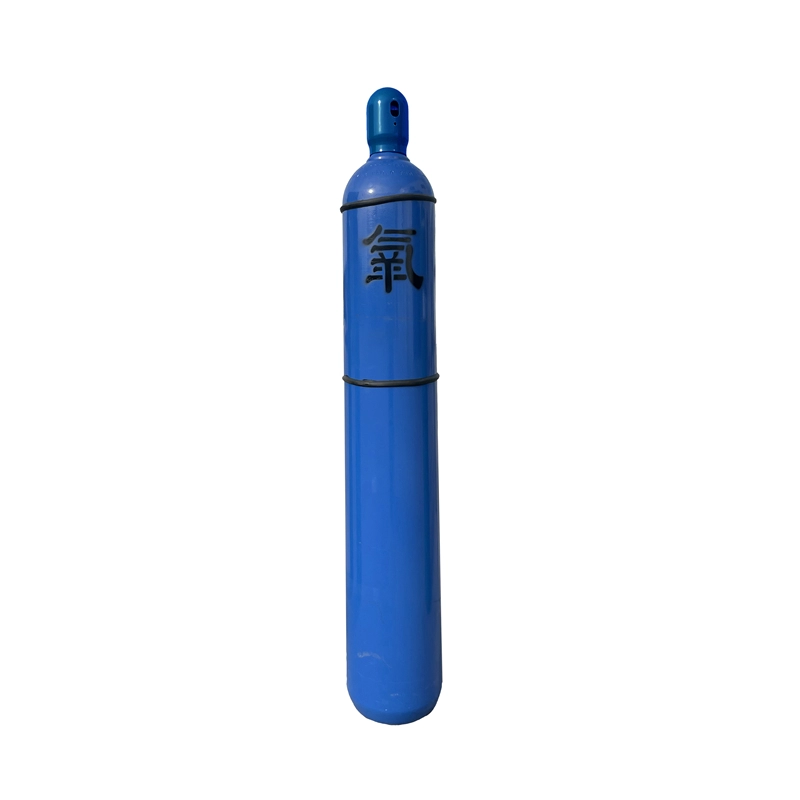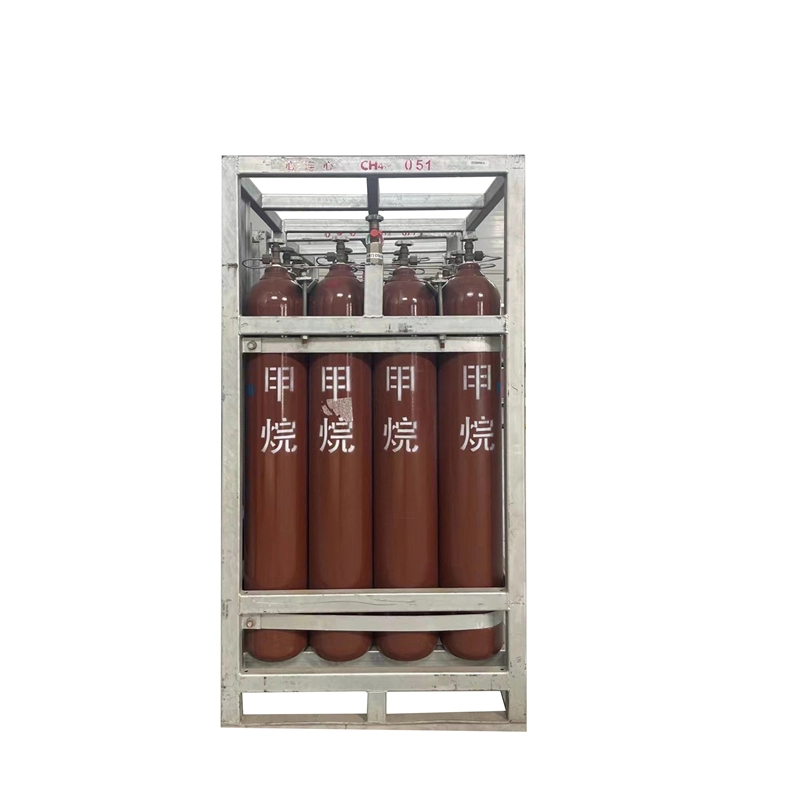Other specifications of packaging can be provided according to customer requirements












Boron Trichloride 99.999% purity Gas Industrial BCL3
The reaction between the chlorine gas in the chlorine gas-containing gas and the boron carbide is carried out in a state where the granular boron carbide flows in the chlorine gas-containing gas.
Boron trichloride is commonly used as a catalyst for organic reactions, including esterification, alkylation, polymerization, isomerization, sulfonation, nitration, etc. In addition, it can also be used as an antioxidant when casting magnesium and alloys.
In industrial applications, boron trichloride is used to prepare boron halide, elemental boron, borane, sodium borohydride and other compounds. It is also used in the electronics industry as a base material for manufacturing semiconductor materials and optical fibers. In materials science, boron trichloride is used to prepare boride powders, BN fiber precursors, BN crucible and other materials.
Boron Trichloride 99.999% purity Gas Industrial BCL3
Parameter
| Property | Value |
|---|---|
| Appearance and properties | Transparent colorless liquid or gas, smoke in the air |
| pH (indicate concentration) | No data available |
| Boiling point, initial boiling point, and boiling range (℃) | 12.5 |
| Relative vapor density (air = 1) | 4.03 |
| Saturated vapor pressure (kPa) | 150 (20℃) |
| Evaporation rate | No data available |
| Flash point (℃) | No data |
| Decomposition temperature (℃) | No data available |
| Odor | No data |
| Melting/freezing point (℃) | -107 |
| Odor threshold | No data available |
| Relative density (water = 1) | 1.373 (0℃) |
| Viscosity (mm²/s) | No data available |
| N-octanol/water partition coefficient | No data available |
| Ignition temperature (℃) | No data available |
| Upper limit/lower limit [% (v/v)] | Upper limit: No data; Lower limit: No data |
| Solubility | No data available |
| Flammability | Not applicable |
Safety Instructions
Emergency overview Fluids. High pressure, explosion risk in case of heat. It is highly toxic if swallowed. Can cause skin burns and risk serious eye damage. Risk of serious eye damage. Highly toxic by inhalation.
GHS risk categories
According to the GB3000-2013 Chemical Classification and Labeling Specification series standards (see Part 16), the product is classified as follows: high gas, compressed gas; Acute toxicity – oral, category 2; Skin corrosion/irritation, category 1B; Eye injury/eye irritation, category 1; Acute toxicity – Inhalation, category
Warning word: Danger
Danger information: high pressure gas; May explode in heat and be fatal in the throat, causing severe skin burns and eye damage, causing severe eye damage and fatal by inhalation.
Precautions: Do not inhale dust/smoke/gas/smoke/vapor/spray. Clean thoroughly after operation. Do not eat, drink or smoke while using this product. Use only outdoors or in well-ventilated areas. Wear protective gloves/protective clothing/protective eye mask/protective mask. Wear respiratory protection [in case of insufficient ventilation].
Emergency response: Call the poison emergency center/doctor immediately. Rinse your mouth. Contaminated clothing can be reused only after washing. If swallowed by mistake: Call the poison emergency center/doctor immediately. In case of accidental inhalation: Transfer the subject to fresh air and maintain a comfortable breathing position. If swallowed by mistake: gargle. Do not induce vomiting. If skin (or hair) is contaminated: Immediately remove/remove all contaminated clothing. Wash your skin or shower with water. Rinse carefully with water for several minutes if entering eyes. If contact lenses are worn and can be removed easily, remove them. Keep rinsing.
Safe storage: The storage place must be locked. Store in a well-ventilated place. Keep container airtight. Sun protection. Store in a well-ventilated place.
Disposal: Disposal of contents/containers in accordance with local/regional/national/international regulations
Physical and chemical hazards: high pressure compressed gas, explosion risk in case of heat.
Health hazards: In the normal production process, inhaling the vapor or aerosol (fog, smoke) of this product can produce serious toxic effects, and even fatal. Corrosion can cause respiratory irritation, accompanied by cough, respiratory obstruction and mucosal damage. Inhalation of the substance may cause harmful health effects or respiratory discomfort. Accidental ingestion of this product can result in severe toxic reactions. Accidental ingestion of this product may be harmful to individual health. Severe skin burns due to direct skin contact. Entering the bloodstream through cuts, abrasions or lesions can have harmful effects of systemic damage. Direct eye contact with this product can cause severe chemical burns. If not treated promptly and properly, permanent blindness can result. Direct eye contact may cause temporary discomfort.


















